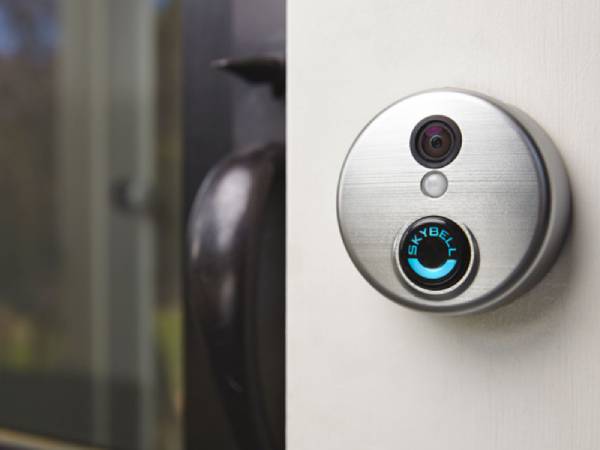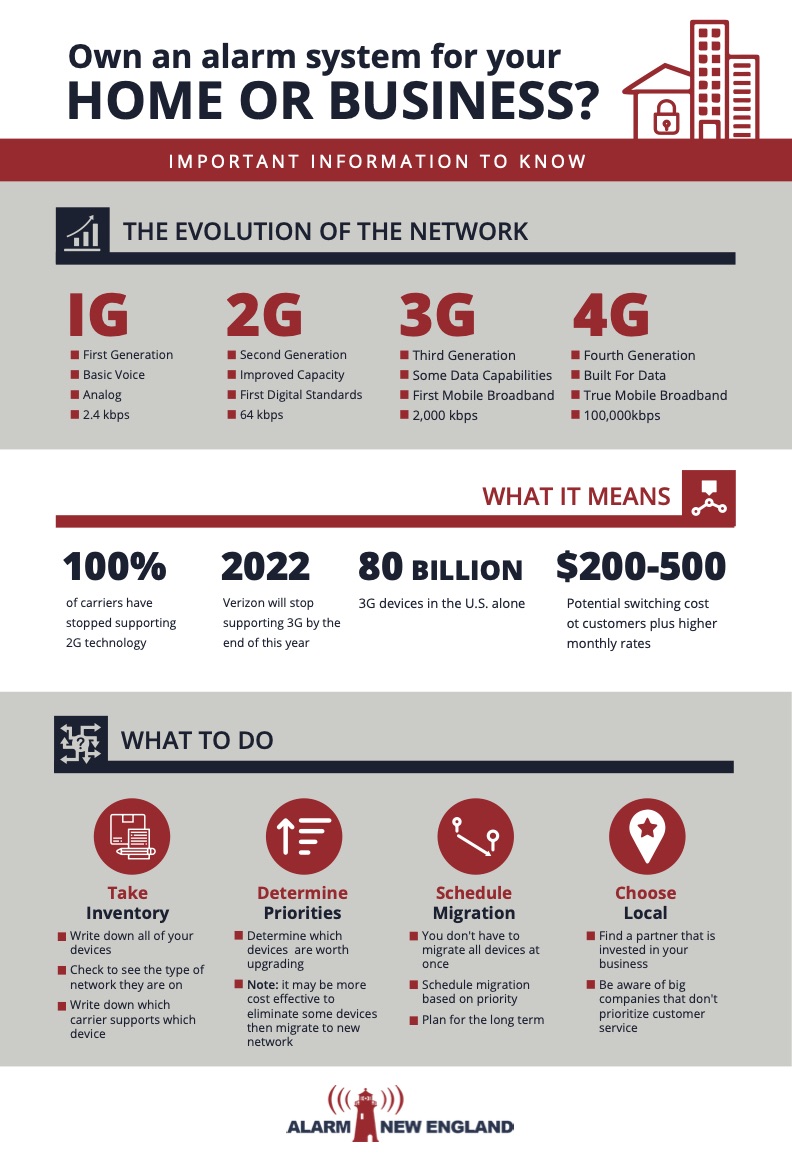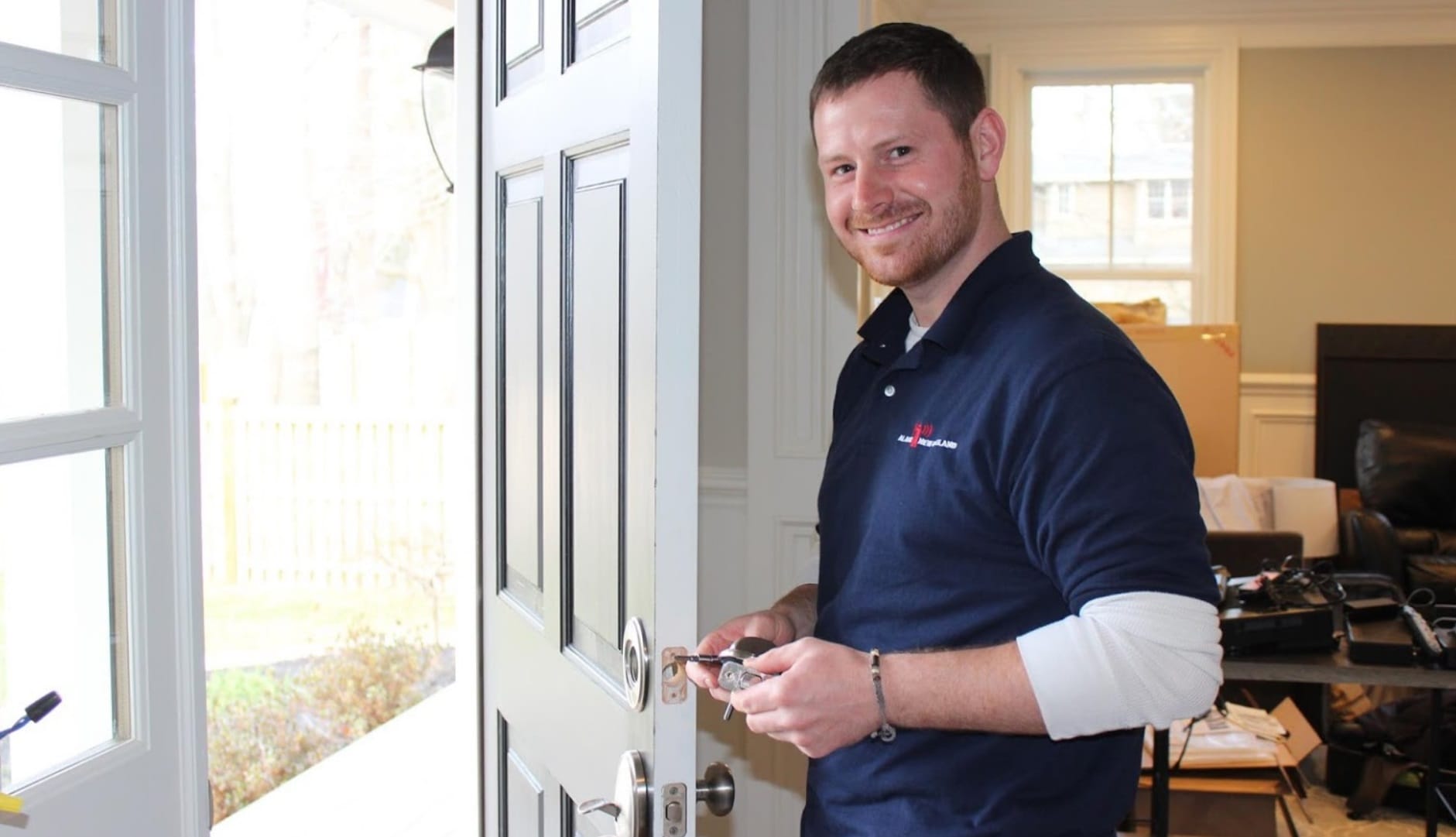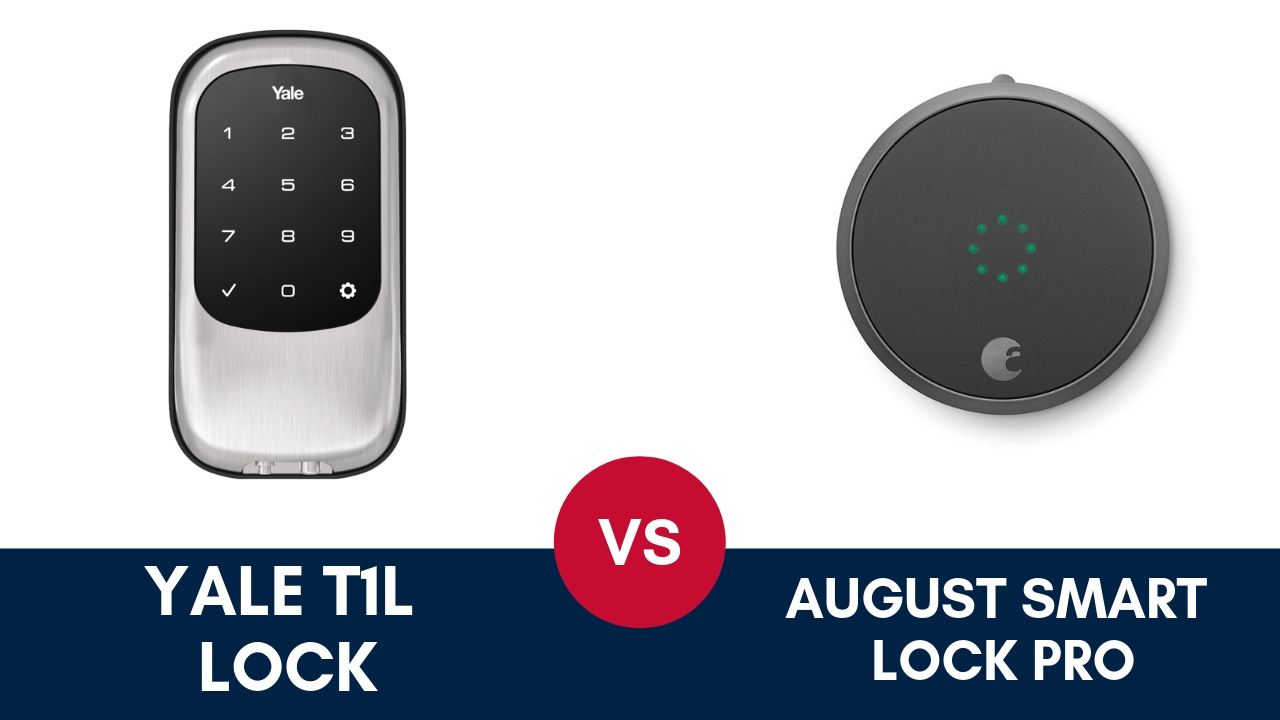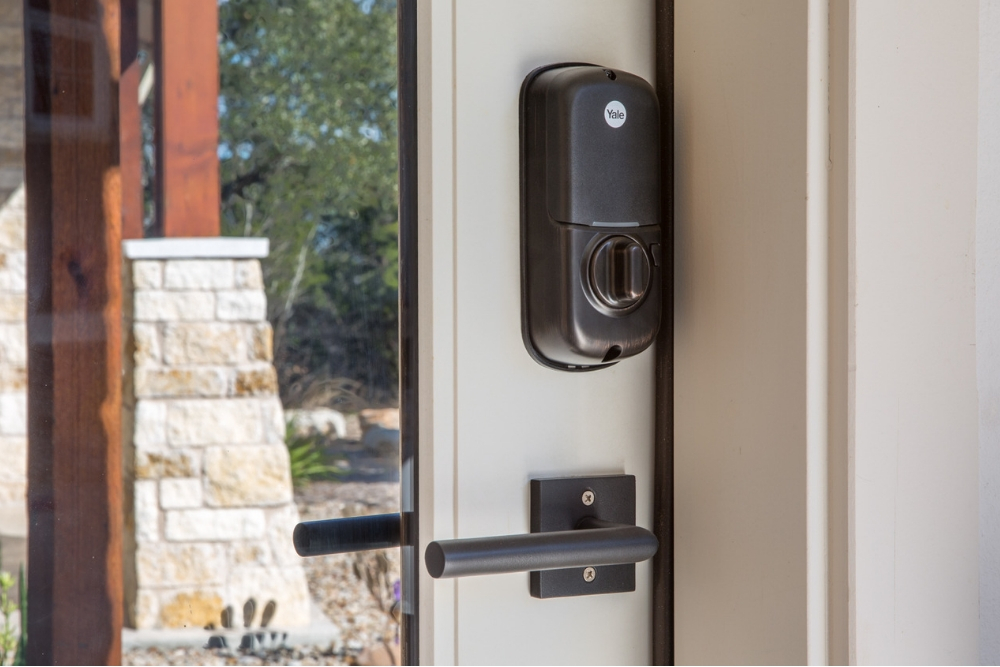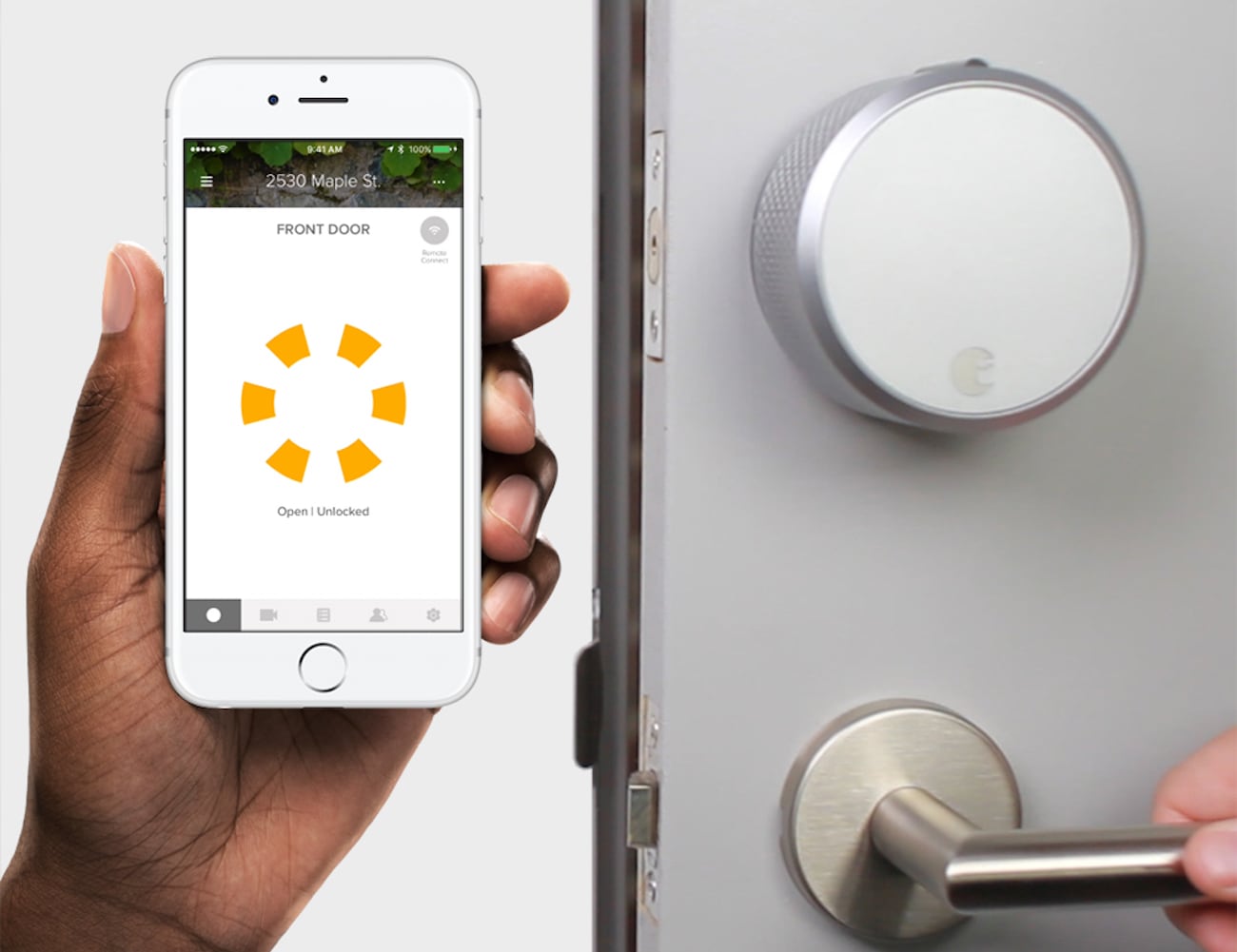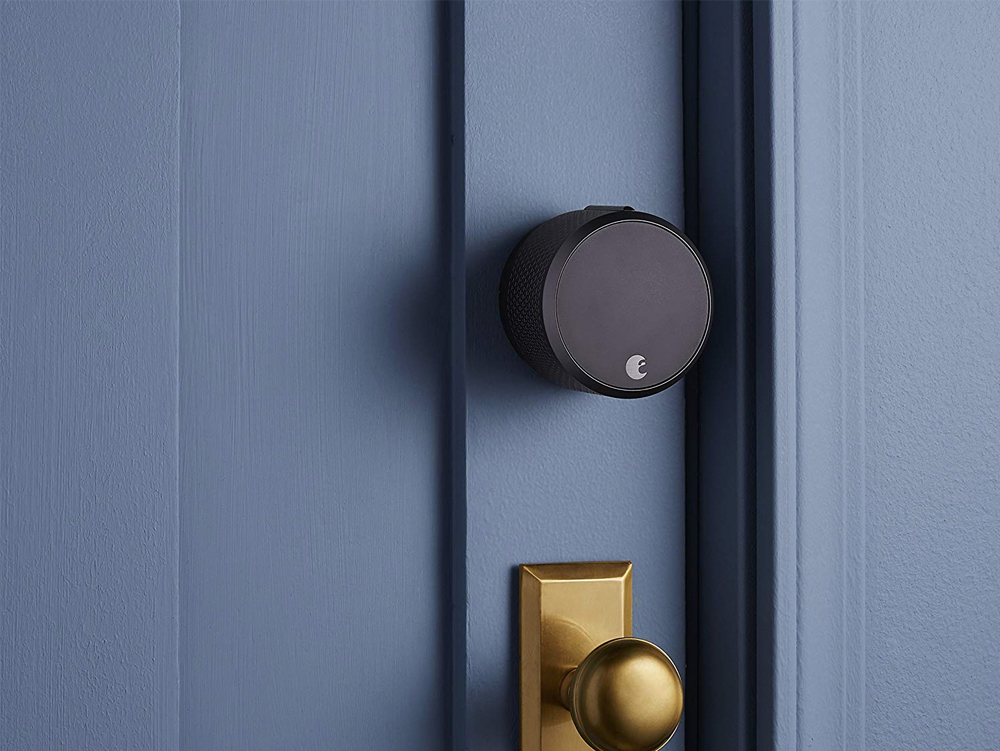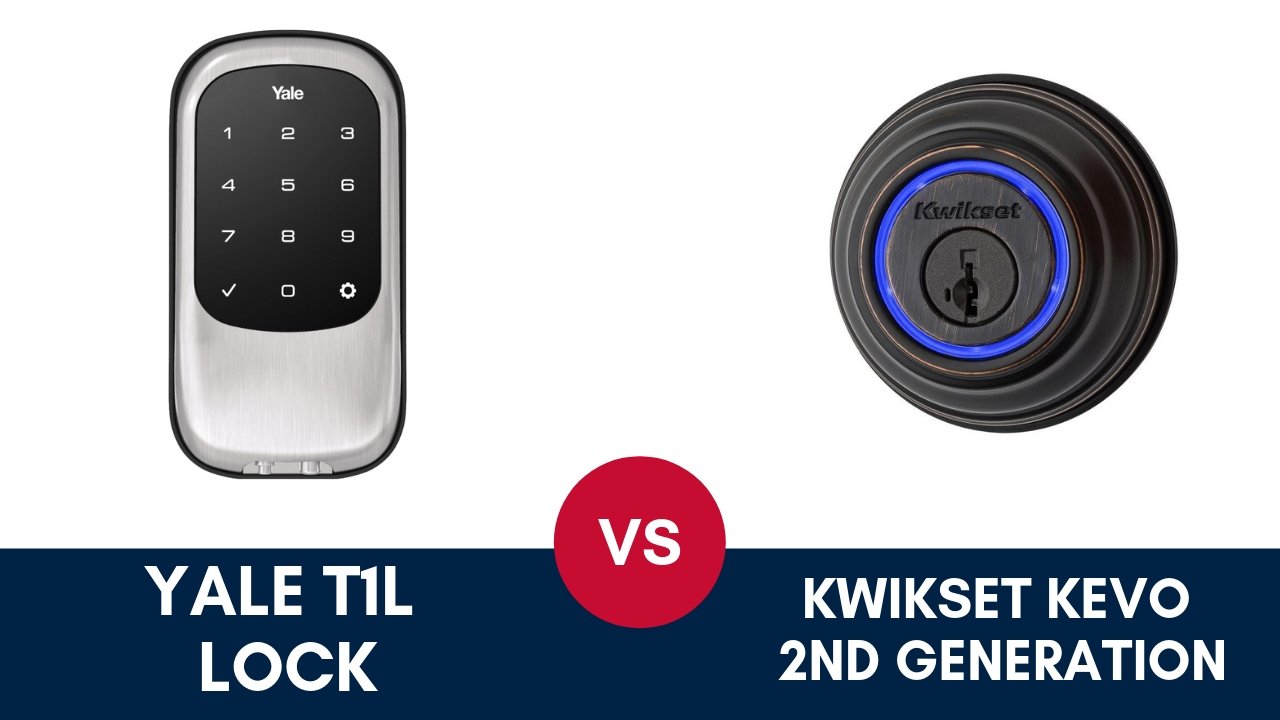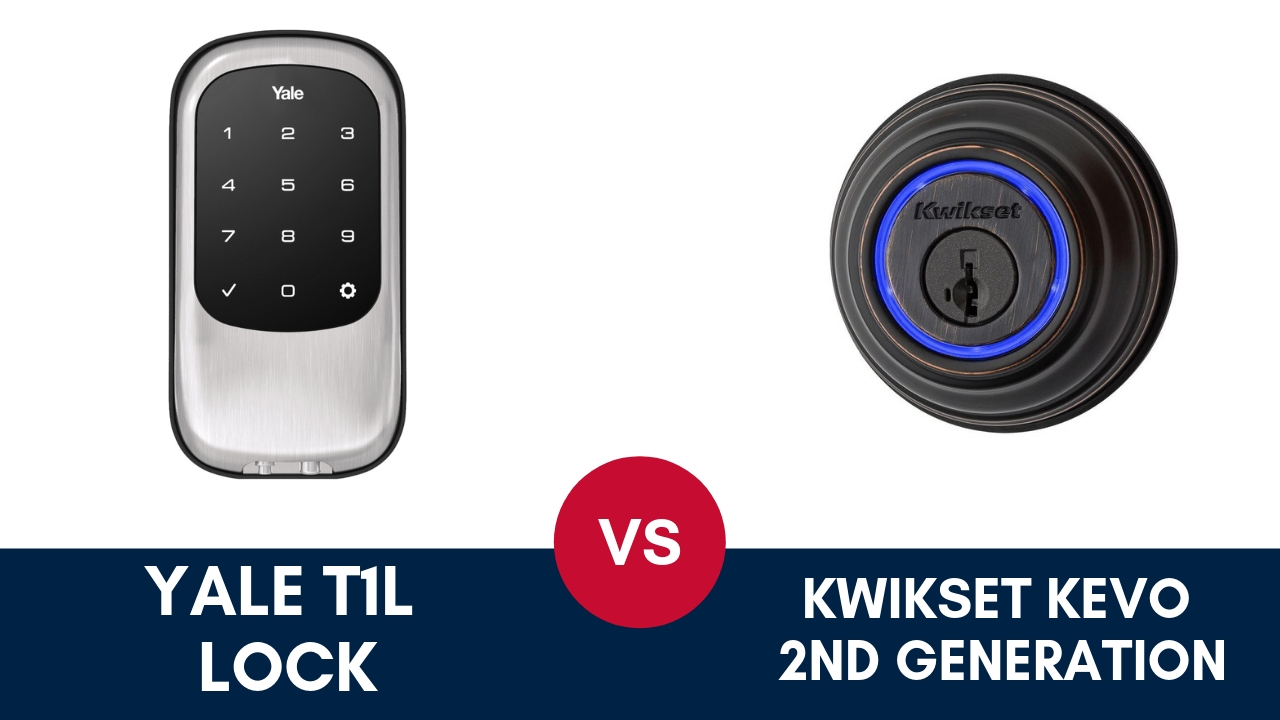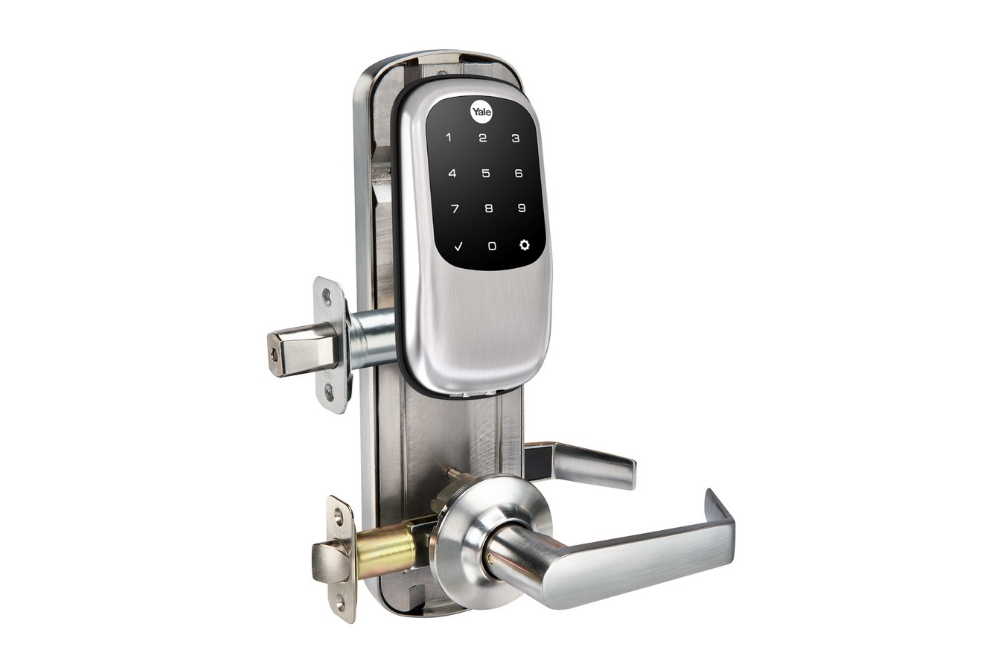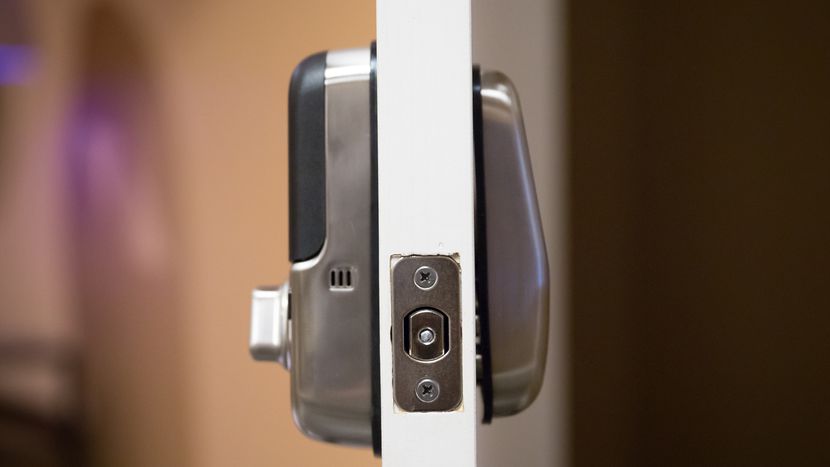Trying to decide which SkyBell video doorbell camera is the right one for your home? The good news is you have selected a great brand, as SkyBell is one of the leading smart video doorbell brands and their range of products all meet or exceed the standards we’ve come to expect in the smart home security industry.
Let’s compare the SkyBell HD and the SkyBell Trim Plus. While these products offer many quality features, they are distinct in a few key areas. First, start by knowing which questions to ask when comparing the two video doorbells.
Things to Consider When Choosing a Video Doorbell Camera
A doorbell camera is a smart new solution in home security. These products combine a security camera with your doorbell and can be viewed and controlled through a smartphone or tablet alongside your home security alarm system.
The ability to use the video doorbell remotely adds a great level of convenience and heightened security to your life.
Consider these questions when comparing video doorbells:
- Will the design suit your home?
- Which doorbell has better camera quality?
- What kind of technology integrations does the doorbell allow?
- Does it work at night?
- How good is the audio?
- Is there a motion sensor option?
Let’s explore how the SkyBell HD and the SkyBell Trim Plus compare.
SkyBell HD
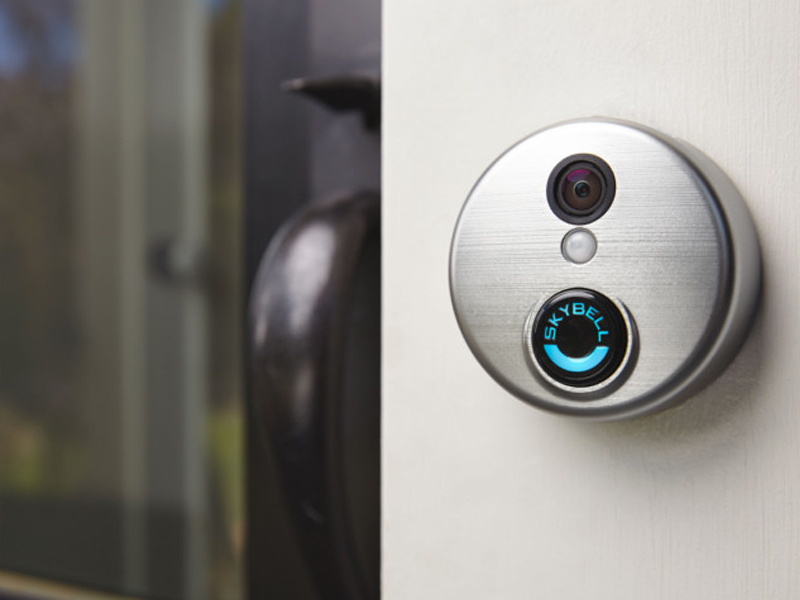
The SkyBell HD video doorbell is the Trim Plus’s predecessor, so as you might guess, it lacks the higher-end features that come with the later model. However, that’s not to say that the SkyBell HD isn’t a great product.
The SkyBell HD works with Amazon’s Alexa, allowing you to use simple voice commands with the Echo or Echo Dot for extra convenience. This is a highly useful feature for any doorbell camera.
The motion sensor technology is a handy feature. This allows your doorbell to pick up if someone is standing on your doorstep, even if they didn’t ring the bell. The camera will pick them up, and you can view them from your phone.
The SkyBell HD’s video quality has a high definition of 1080p with a full 180-degree view. Night mode allows you to view visitors in full HD color even when it is completely dark outside. The camera has a powerful 5x zoom that allows you to capture all of the details.
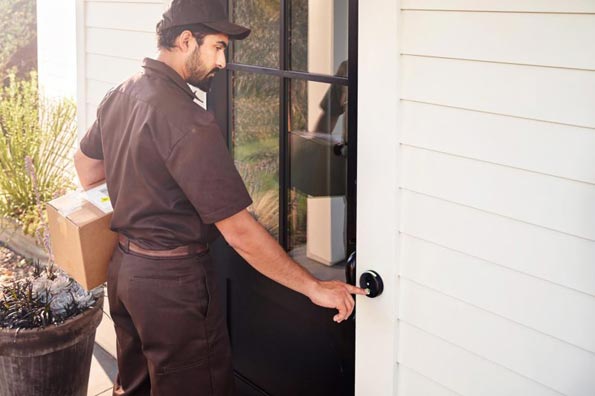
You can use the SkyBell app to control the device from your smartphone or tablet and to access the camera at any time. No matter where you are, you can answer the bell, see who is at your doorstep, and speak to them. The app also allows you to record and download videos and photos taken from the camera.
Multiple people can use the video camera from one account. If you have a family, this is a great feature because each of you can have full access to the doorbell and camera.
The SkyBell HD features a useful silent mode that turns off your indoor chime while you still receive notifications on your phone when somebody rings the bell.
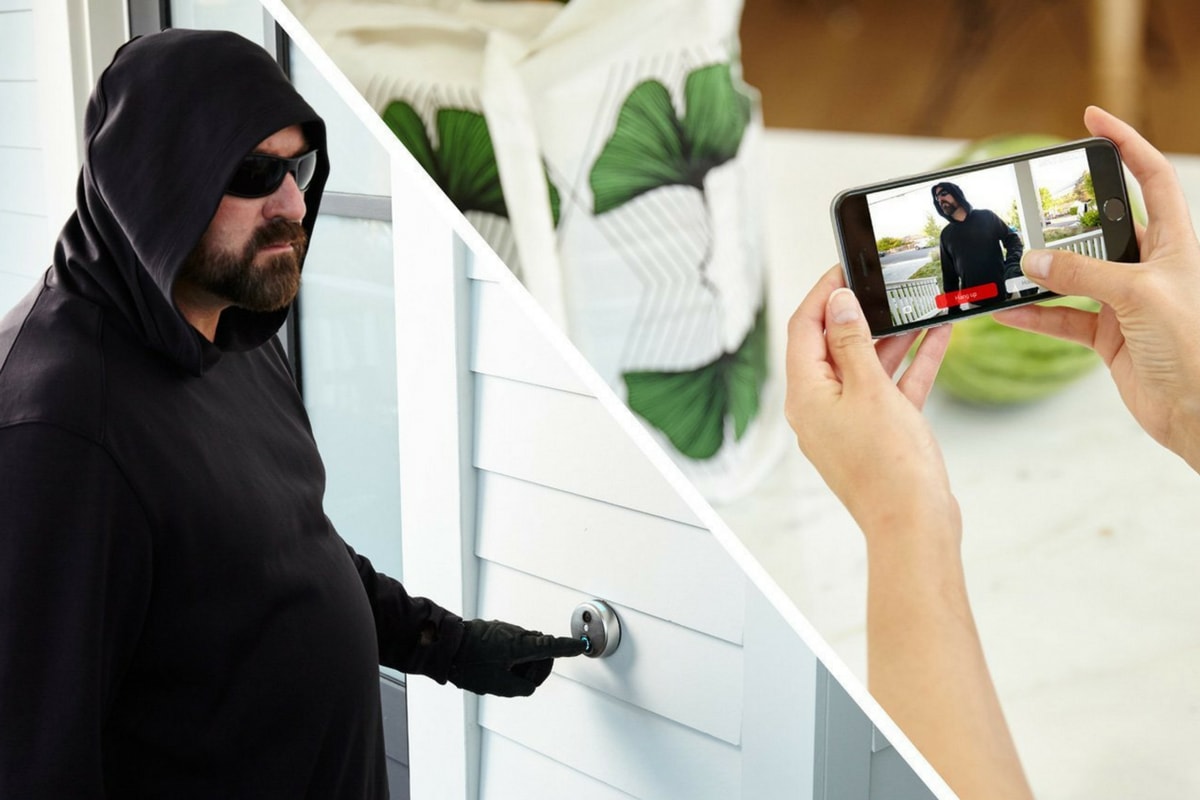
Main features
- HD 1080p color video camera
- Compatible with Alexa
- Uses the SkyBell app for remote access via your smartphone
Pros
- Supports multiple users
- Good camera at night
- Comes with a silent mode
- No monthly subscription fees
Cons
- Can be difficult to connect to your Wi-Fi
- Complicated installation
SkyBell Trim Plus
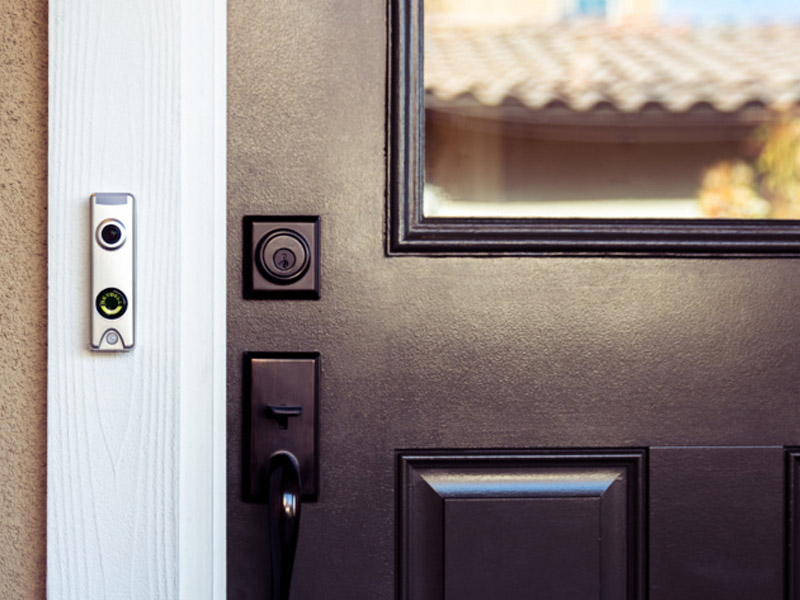
While you can’t go wrong with a SkyBell product, the Trim Plus is our preferred choice—we sell this version to all our customers. This doorbell camera has the same great features as the SkyBell HD and compacts them into an upgraded, slimmer, and more user-friendly doorbell.
Like the HD model, the Trim Plus is fully compatible with Alexa and can be used with your Echo or Echo Dot. The doorbell also uses the SkyBell app so you can access the video camera from anywhere. You can have a great two-way conversation through this app, and it gives you complete remote access to your doorbell.
The Trim Plus design is sleeker and more streamlined than the disc-shaped HD model. This product looks more like a standard doorbell and will likely blend in more with the design of your home and doorway.

The full HD video camera makes this product fantastic. It has an HD 1920-by-1080 pixel resolution, with a frame rate of up to 15 frames per second. The camera works well in the dark, allowing you to clearly see any visitor no matter what time of day it is.
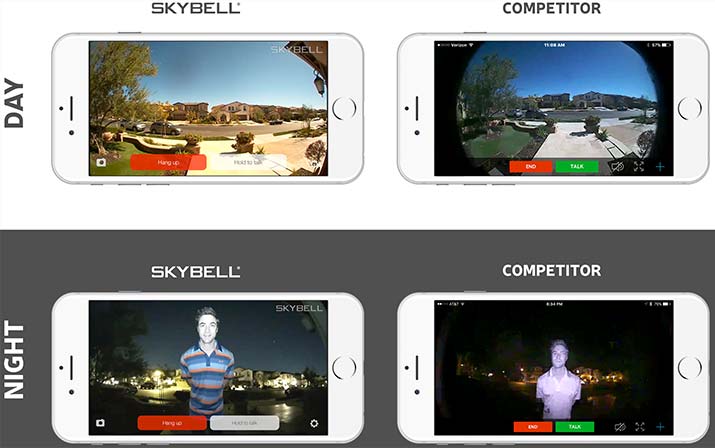
The SkyBell Trim Plus holds up well against inclement weather. This doorbell can withstand seriously harsh outdoor climates with a temperature range of -40°F to 140°F. Wherever you live, this doorbell should work flawlessly no matter the weather conditions.
The SkyBell Trim Plus has two accessories available. One is a digital doorbell adapter, which allows you to use the video doorbell with your traditional doorbell chime.
There is also a wedge that lets you mount your Trim Plus at an angle, giving you better visibility depending on the design of your porch and level of your home relative to your street.
Overall, you can expect all of the quality and handy features from your usual SkyBell products packed into a more attractive, easy to use Trim Plus design. If you’re looking for a home alarm system with cameras, we highly recommend you consider the Trim Plus as a great way to enhance your front door security.
Main features
- 1080p video camera
- Compatible with Alexa
- Uses the SkyBell app for remote access
- Can withstand harsh weather conditions
- Available with a digital doorbell adapter and a wedge for increased visibility
Pros
- Camera works well at night
- Easy to install
- Attractive design
- Video storage of up to 500MB
- Motion sensor technology
- Works well with the SkyBell app
- No monthly subscription fees
Cons
- Occasional false motion detection if set to a high sensitivity level
- Frame rate is lower than other cameras
- Wide-angle lens can make objects appear farther away than they are
- Not as weather-resistant as the HD version
Comparing the SkyBell HD and SkyBell Trim Plus

Ease of use
While both doorbells use the same app for remote access, there is a noticeable difference in their ease of use. Many users have noted that the SkyBell HD can have difficulties maintaining a solid Wi-Fi connection, making it sometimes tricky to access and use.
The HD is quite technical to install and set up, while the Trim Plus has a relatively simple setup compared to most other doorbell cameras. As a whole, the Trim Plus offers a slightly better user experience.
Video quality
When purchasing a video doorbell, the quality of the video is a major factor. Both the SkyBell HD and the Trim Plus have 1080p video and give you a great color video at night and in the dark.

However, the frame rate variation between the two products is noticeable. The HD offers 30 frames per second, while the Trim Plus only offers 15. When it comes to the speed at which the camera can capture, the HD is superior. The result is a less laggy video with a higher potential of recognizing the person at your doorstep.
Design
The HD comes in a signature disc design, while the Trim Plus has a rectangular design. The Trim Plus looks more like your traditional doorbell and will be easier to incorporate into your home. The design of the HD is bigger and includes large SkyBell lettering on the button, making it look a little different than a regular doorbell.
Accessories
A great feature of the Trim Plus is that it can come with two different accessories: a wedge and a digital doorbell adapter. This gives you more room to customize your experience and create greater visibility and ease of use. The HD model does not have accessories.
Choosing Between the SkyBell HD and the SkyBell Trim Plus
While both SkyBell video doorbells offer the kind of quality and innovative features the brand is known for, the two are definitely different. We prefer the Trim Plus because it packs all of the usual fantastic features into an upgraded, more efficient package. Plus, it works better with a Honeywell smart home security system
Whichever product you choose, a SkyBell doorbell will increase the levels of safety in your home while adding an element of fun through modern technology. We highly recommend SkyBell video doorbells for any home.

